Check out the most stunning opera houses in the world
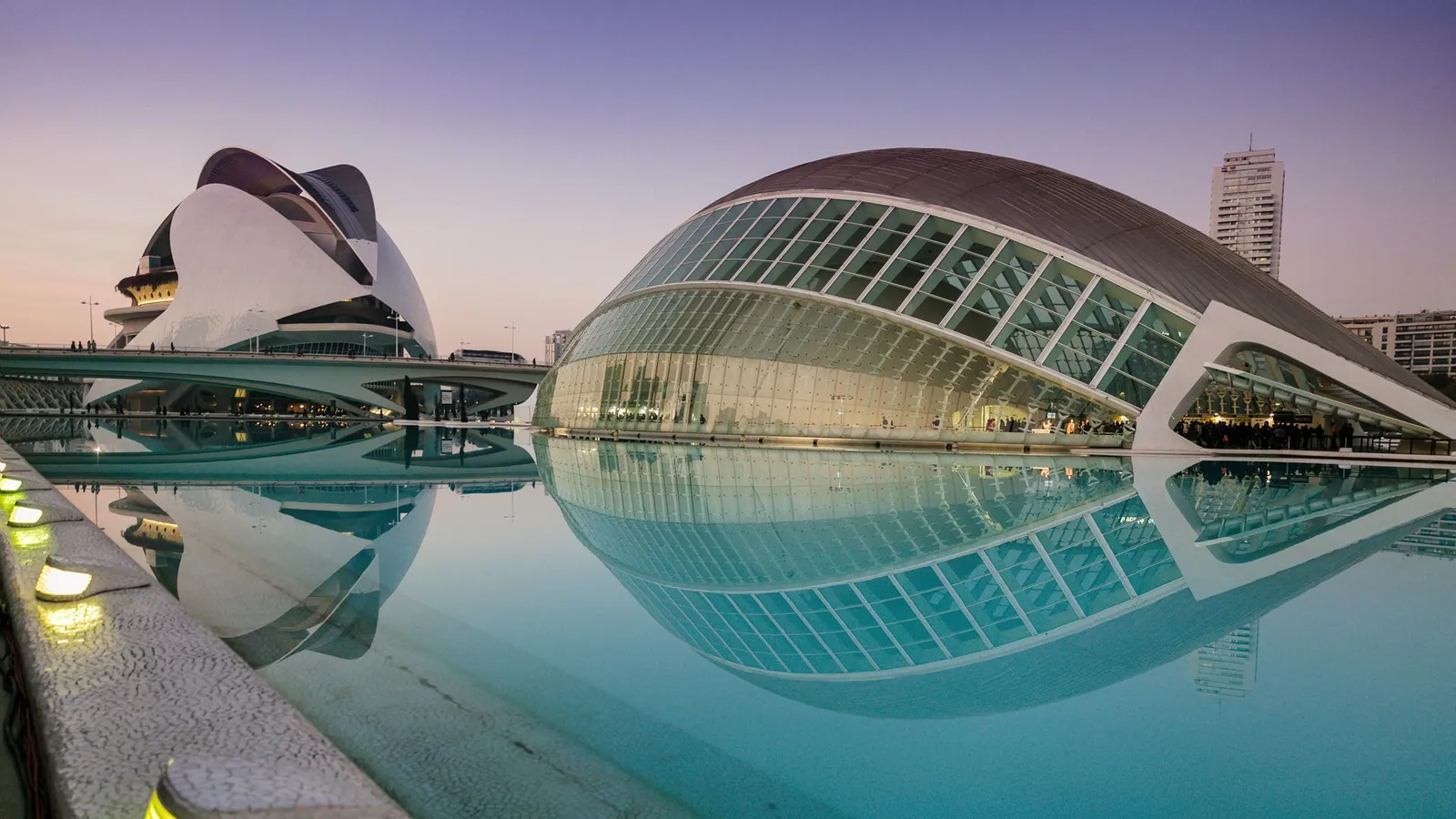
Since its origins in late 16th-Century Italy, opera has always been seen as one of the most prestigious disciplines in the Western musical tradition. To complement its growth and continuing popularity, architects have sought to design opera houses that could evoke the majesty of the art form, while also meeting its complex technical and acoustic needs.
From opulent, Neoclassical palaces to radical, modern icons, here are eight of the most stunning opera houses around the world.
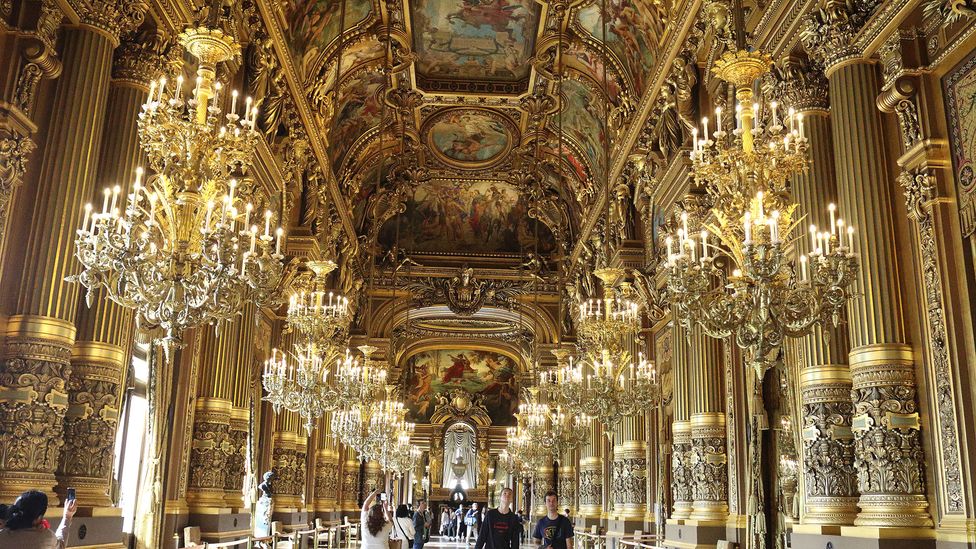
Palais Garnier, Paris (Credit: Getty Images)
Palais Garnier, Paris
Eyebrows were raised when Charles Garnier, an unknown 35-year-old architect, won the competition to design Paris’s new opera house in 1858. His ambitious winning design was built with an extravagant, no-holds-barred eclecticism that flourished under Emperor Napoleon III. Drawing inspiration from Baroque cathedrals, Greek temples and Renaissance villas, he also introduced radical modern technologies such as steel and glass. When asked what style his building was, Garnier replied briskly “Napoleon III style”, inadvertently coining an entire architectural epoch.
During excavations, builders met an unexpectedly high level of groundwater which threatened to curtail construction. Garnier improvised a brilliant solution, creating a double-layered foundation and keeping the groundwater as a reservoir to use in case of fire. But the whole event spawned a persistent rumour that the theatre was built over a subterranean lake, a rumour exploited by Gaston Leroux for his 1910 novel The Phantom of the Opera, whose numerous adaptations have done more than anything to establish the Palais Garnier in the realm of popular culture.
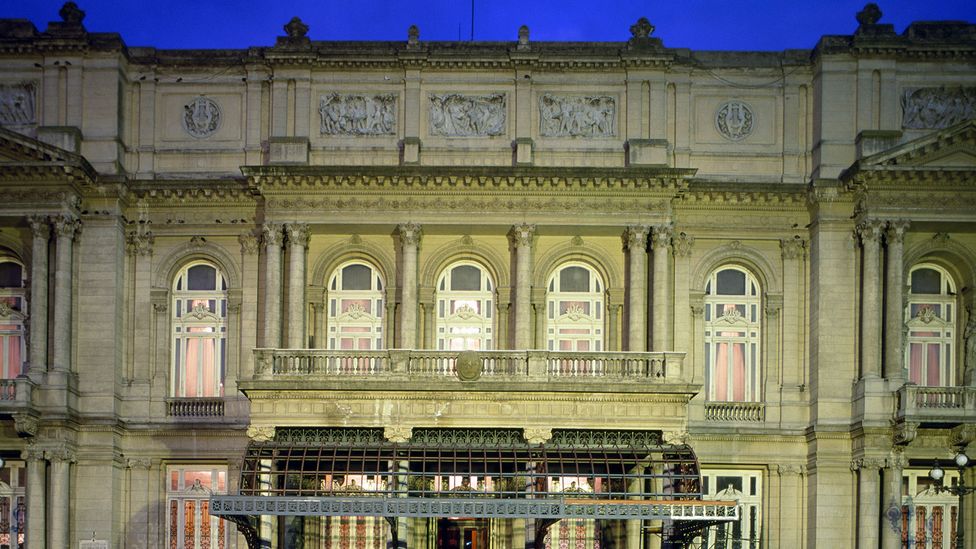
Teatro Colón, Buenos Aires (Credit: Getty Images)
Teatro Colón, Buenos Aires
Teatro Colón, South America’s premier opera house, is symbolic of turn-of-the-century Argentina, when the country was booming and waves of European migrants, particularly from Italy and Spain, descended on Buenos Aires. The new theatre was meant to account for the tastes of these new Argentines, while also solidifying European cultural norms in the country.
The architects (Francesco Tamburini, Vittorio Meano and Julio Dormal) were themselves European immigrants, and the building they designed is a kind of aesthetic summation of European history, with Italian, German and French styles all represented. It opened in 1908 with a production of Giuseppe Verdi’s Aida.
The theatre is frequently judged to have the best acoustics in the world, though Luciano Pavarotti, a perennial favourite there, wasn’t a fan. “The theatre has the greatest defect: its acoustics are perfect!” he once complained. “Imagine what this signifies for the singer: if one sings something bad, one notices immediately.”
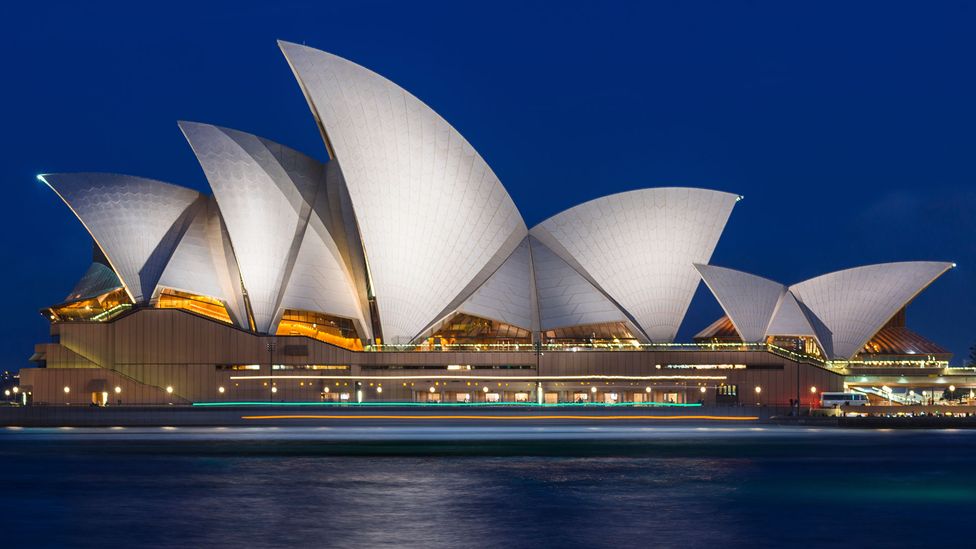
Sydney Opera House, Sydney (Credit: Getty Images)
Sydney Opera House, Sydney
Sydney Opera House is one of those rare modern buildings that feels like it always has and always will be iconic. Despite this, its construction was beset by problems, including cost overruns, a workers’ strike, frequent design changes and the eventual resignation of its architect, Jørn Utzon. In fact, we came close to ending up with an opera house very different from the one we know today.
The theatre was formally opened in 1973, but many unofficial performances took place earlier. Paul Robeson, baritone and activist, is generally credited as the first person to perform at the Sydney Opera House. In 1960, he climbed the scaffolding and sang Ol’ Man River to the construction workers as they ate lunch.
In 2003, Utzon was rewarded with the prestigious Pritzker Architecture Prize. When the Sydney Opera House was declared a UNESCO World Heritage Site in 2007, Utzon became only the second person to have received such recognition for one of his works during his lifetime. The first was Oscar Niemeyer, the architect of Brazilian capital Brasília.
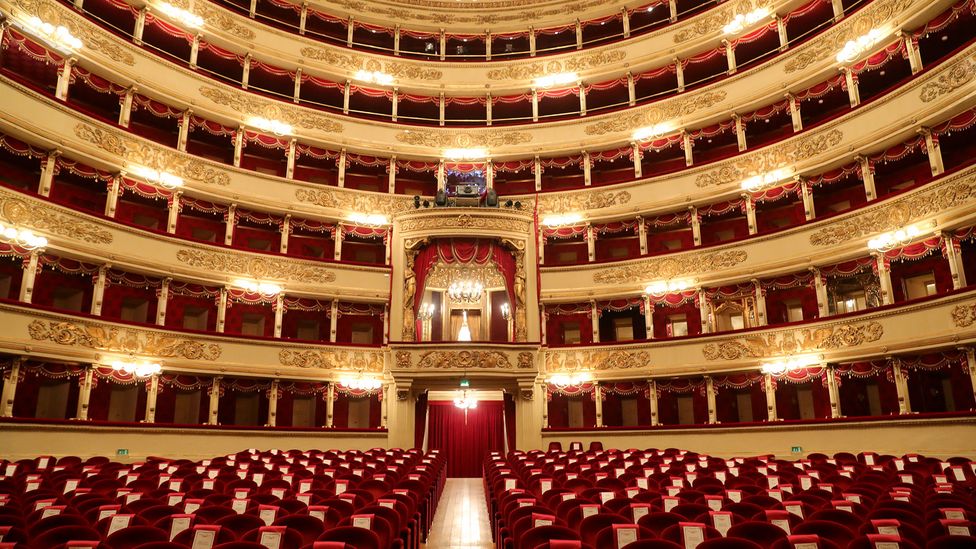
Teatro alla Scala, Milan (Credit: Getty Images)
Teatro alla Scala, Milan
An air of reverence hangs over the Teatro alla Scala, which has long been a landmark of Milan, and not just for opera. Mary Shelley wrote about it “not only as the universal drawing-room for all the society of Milan, but every sort of trading transaction, from horse-dealing to stock-jobbing, is carried on in the pit; so that brief and far between are the snatches of melody one can catch.”
During the golden age of opera, the Teatro alla Scala was the venue of choice for premieres by Rossini, Verdi and Puccini. Not one to rest on its laurels, it also staged world premieres of composer-provocateur Karlheinz Stockhausen in the 1980s.
The theatre is particularly known for its loggione – the upper gallery where the cheap seats are located. The regulars here, referred to as loggionisti, are probably the most discerning, no-nonsense opera fans in the world. In 2006, they famously booed tenor Roberto Alagna off the stage during a performance of Aida, forcing his understudy, Antonello Palombi, to quickly replace him mid-scene without time to change into a costume.
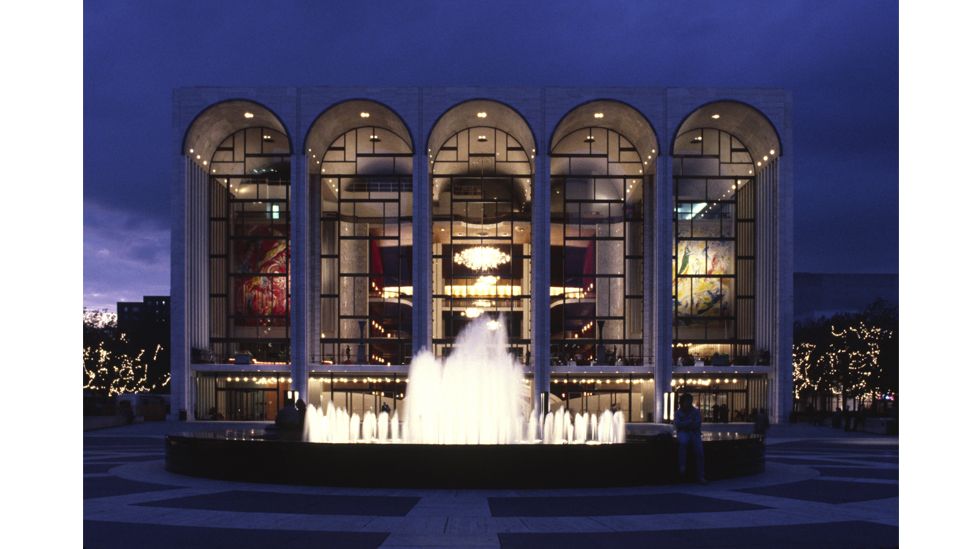
Metropolitan Opera House, New York City (Credit: Getty Images)
Metropolitan Opera House, New York City
The most prestigious opera house in North America was founded in 1883 and moved to its present location in 1966. The architect, Wallace K Harrison, initially envisaged grand atriums and imposing statues but this was scaled back into a minimalist design with concrete porticoes and waves of white travertine cladding.
Inside the results were more impressive, with revolving stages, five underground floors and two giant Marc Chagall murals now valued at $20 million. The current venue opened with the world premiere of Samuel Barber’s Antony and Cleopatra, directed by Franco Zeffirelli and starring Leontyne Price and Justino Diaz. The sheer scale of the theatre – with 3,850 seats, it’s the largest opera house in the world – as well as the technologically advanced stage mechanisms continue to evoke awe. It inspires an intrinsic fondness as well. Price herself said of the Met: “This majestic place—she just gleams, you know.”
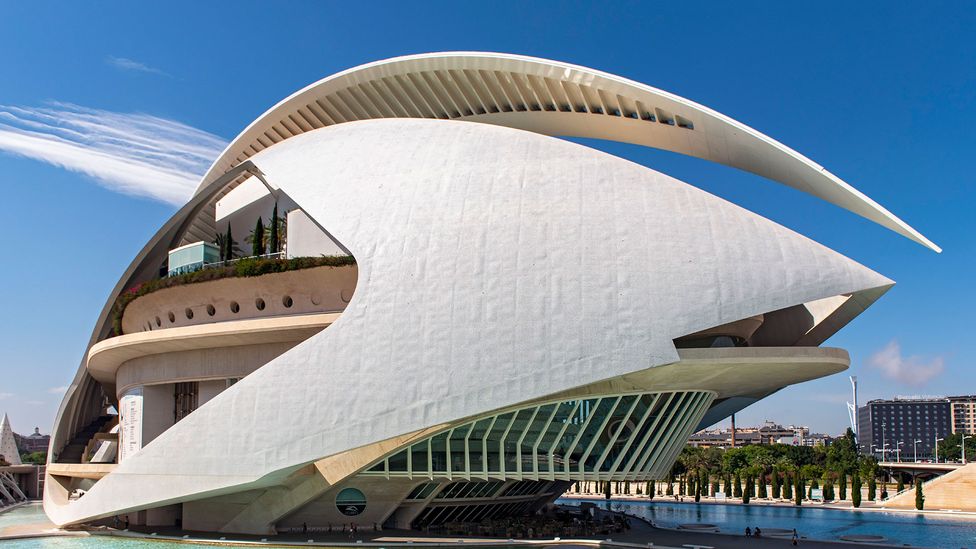
Palau de les Arts Reina Sofía, Valencia (Credit: Getty Images)
Palau de les Arts Reina Sofía, Valencia
A certain degree of scepticism greeted Santiago Calatrava when he returned to Valencia, Spain, to unleash his City of Arts and Sciences, a cultural complex disguised as a flotilla of alien spacecraft. Chief among them is the Palau de les Arts Reina Sofía which rises out of a pool of water to a height of 75 metres, making it the tallest opera house in the world. The interior supports four venues for opera, music, ballet and theatre, each connected by a flurry of walkways centred around a verdant Mediterranean garden.
This sunny, hi-tech futurism is less about worshipping the past than about heralding the future, moving opera houses beyond their reputation as rarefied and stuffy buildings. What seems discordant ends up striking a harmonious chord.
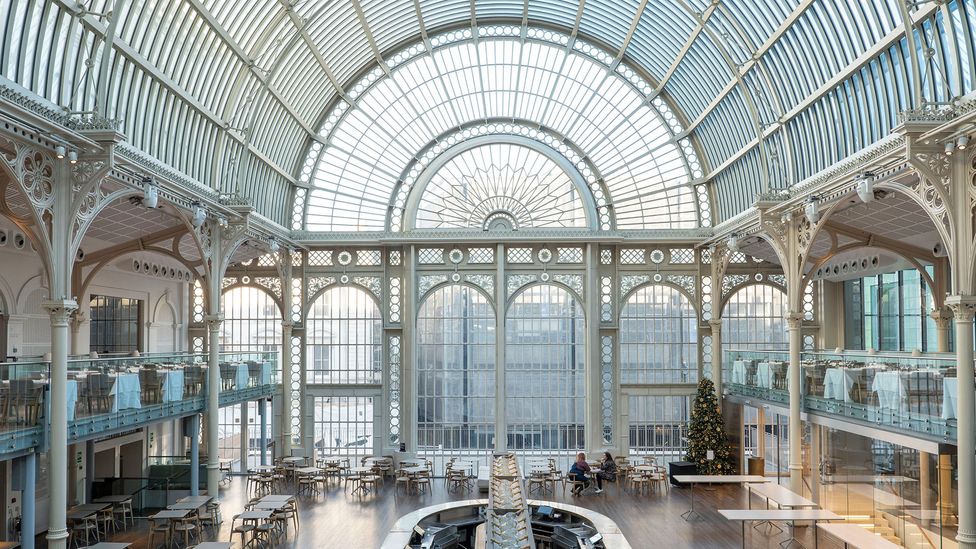
Royal Opera House, London (Getty Images)
Royal Opera House, London
An opera house has existed on this Covent Garden site since the 18th Century, when it was synonymous with George Handel, who wrote many of his operas and oratorios specifically for the venue, and performed here regularly until his death in 1759. After two disastrous fires, the third incarnation of the Royal Opera House – designed by Edward Middleton Barry – opened in 1858, with its grand, neoclassical façade quickly becoming a local landmark.
During World War One it was used to store furniture, while World War Two saw it transformed into a Mecca dance hall. It could have easily remained this way had the lease not been bought by music publishers Boosey & Hawkes, who set about assembling a team of experts and aficionados to form The Royal Opera company in 1946. Maria Callas, Luciano Pavarotti and Plácido Domingo are just some of the illustrious names who have graced the stage here, while the opera can also take credit for nurturing many future stars – Joan Sutherland, Kiri Te Kanawa and Geraint Evans all built their names as repertory performers here.
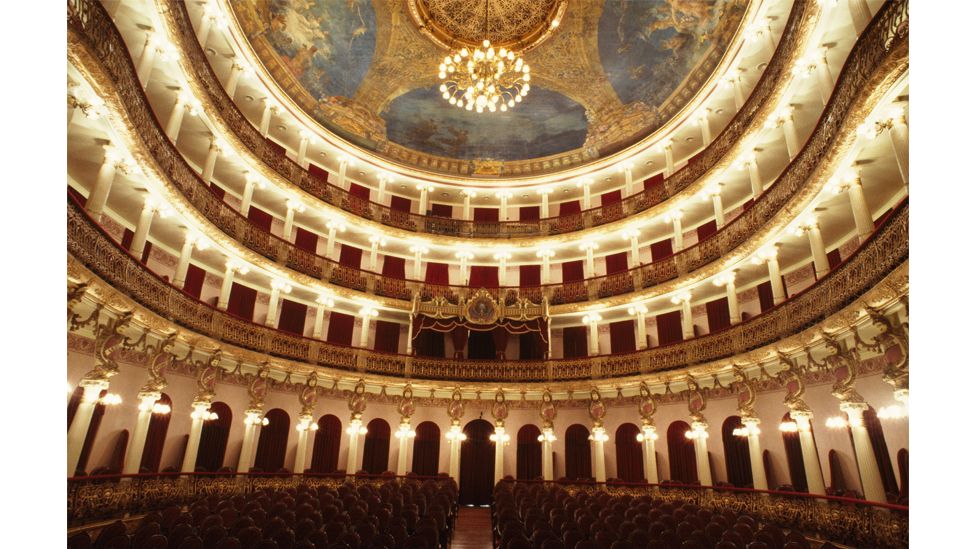
Teatro Amazonas, Manaus (Credit: Getty Images)
Teatro Amazonas, Manaus
The Teatro Amazonas is perhaps the most surreal opera house in the world, a fever dream of 19th-Century rubber barons who wanted to bring the Belle Epoque to the Amazon.
The materials, including Carrara marble, were all imported from Europe, as was the architect, Celestial Sacardim, who concocted a mixture of Baroque, Renaissance and Neoclassical styles, topped off by a large dome covered in mosaics that looks like it was plucked from a 16th-Century Persian mosque.
The theatre was inaugurated in 1897 with a production of La Giocondo starring Enrico Caruso. In fact, it was said that the rubber barons had constructed the theatre just to lure Europe’s most famous tenor to the jungle. The story of the opera house inspired Werner Herzog’s 1982 film Fitzcarraldo. By then, the Teatro Amazonas had long since closed, but the film spurred a revival of interest in the theatre, and, after a series of false starts, it returned to regular programming in 1997. Today it houses the Amazonas Philharmonic Orchestra, and hosts the annual Amazonas Opera Festival.
Source: BBC





